15 Cartoon Characters That Shaped Our Childhoods
The cartoon characters we watched as kids became more than just animated figures on a screen. They were our friends, teachers, and heroes, guiding us through our childhoods. From their catchy theme songs to unforgettable catchphrases, these characters left a mark on our lives. They were present in the classroom, playground, and even in our dreams.
This post may contain affiliate links, which helps keep this content free. Please read our disclosure for more info.
Mickey Mouse
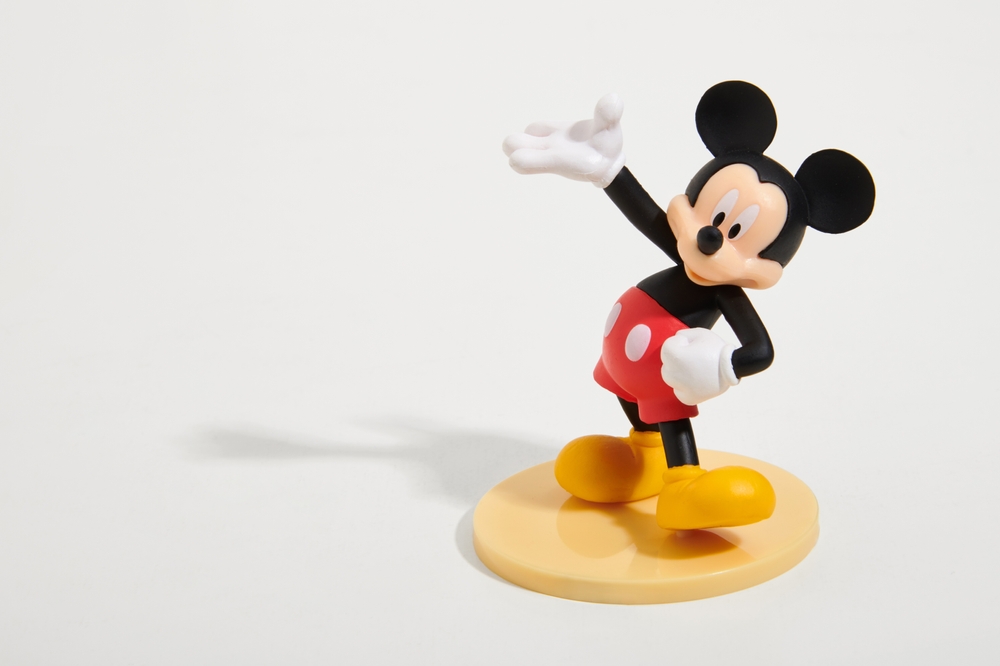
Mickey Mouse is one of the most recognizable cartoon characters in the world. He first appeared in Steamboat Willie in 1928 and quickly became the mascot for The Walt Disney Company. Known for his cheerful personality and iconic red shorts, Mickey’s adventures often featured him overcoming challenges with optimism and humor. Over the years, he has become a symbol of joy, childhood innocence, and the magic of animation.
Mickey’s influence extends beyond cartoons, as he has appeared in movies, theme parks, merchandise, and even video games. He played a key role in defining Disney’s global success and continues to be beloved by generations of fans. Mickey’s role in shaping the animation industry cannot be overstated.
Bugs Bunny
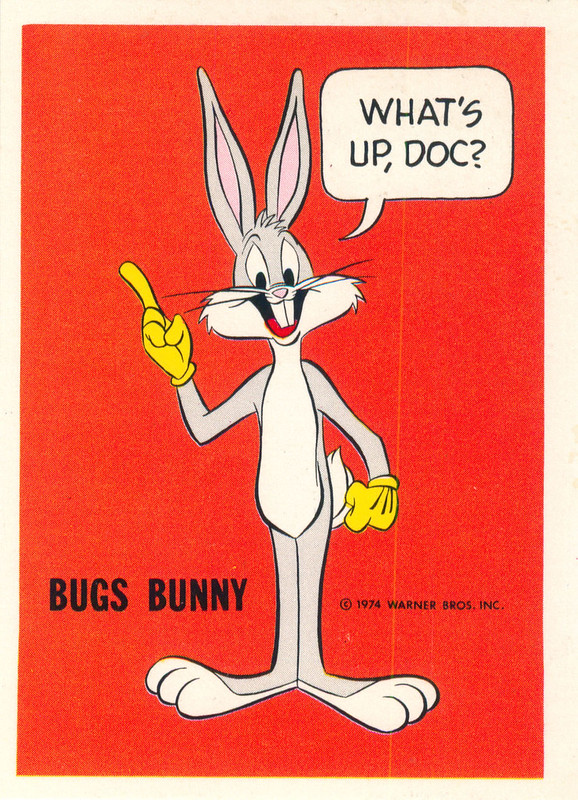
Bugs Bunny, the witty and clever rabbit from Looney Tunes, became a cultural icon with his sharp tongue and iconic catchphrase, “Eh, what’s up, doc?” First appearing in 1940, Bugs was the center of many hilarious adventures alongside his cartoon friends. He often outsmarted his foes with charm and humor, which made him a favorite among children and adults alike. His calm demeanor, quick wit, and ability to outthink any adversary made him a beloved figure.
Bugs’ antics in cartoons like The Rabbit of Seville and Hare Raising Havoc became staples of American animation. His mischievous nature contrasted perfectly with his fellow characters like Daffy Duck and Elmer Fudd, creating some of the most memorable moments in television history. Bugs has also appeared in films, comic books, and even video games.
SpongeBob SquarePants
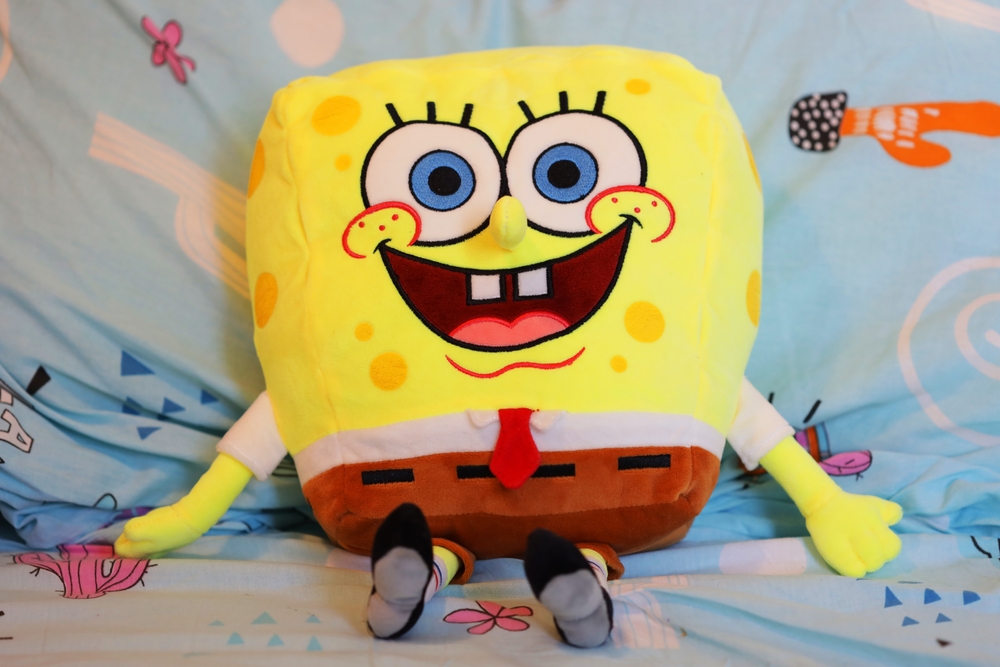
SpongeBob SquarePants is one of the most enduring and popular characters to emerge from Nickelodeon. Since his debut in 1999, SpongeBob has become an icon of childhood television, known for his infectious optimism and adventures with his best friend, Patrick Star. He works as a fry cook at the Krusty Krab and often finds himself in bizarre, funny situations that teach life lessons in a humorous way. His signature laugh and over-the-top personality made him beloved by audiences worldwide.
The show’s quirky humor and vibrant world-building contributed to SpongeBob’s wide appeal. From his pineapple house under the sea to his countless adventures with friends like Squidward and Sandy Cheeks, the show has kept audiences entertained for over two decades. SpongeBob’s character continues to influence pop culture, and his legacy includes multiple movies, merchandise, and spin-offs. His impact on the landscape of animated television remains undeniable.
Tom and Jerry
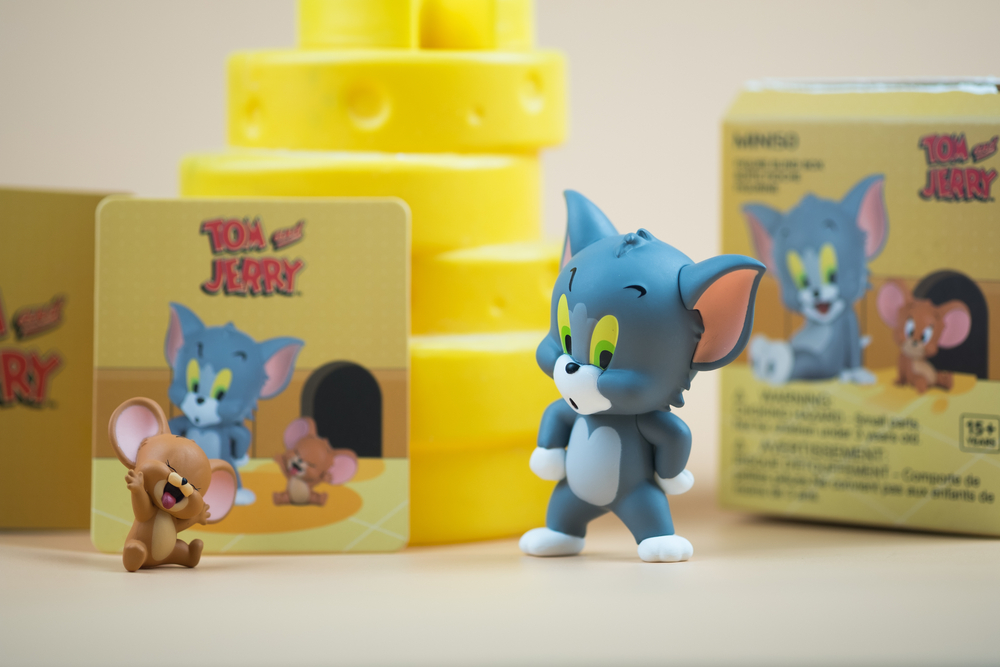
Tom and Jerry, the cat-and-mouse duo, first appeared in 1940 and became one of the most famous animated pairings of all time. The show focuses on the never-ending chase between Tom, the cat, and Jerry, the mouse, with slapstick humor and chaotic antics. Their rivalry is set against the backdrop of a simple household, where Tom’s elaborate plans to catch Jerry are constantly foiled. Their rivalry, however, was never without its moments of sympathy and occasional truce.
The series has been a significant influence on animated comedy, with its ability to tell stories with little to no dialogue. Over the decades, Tom and Jerry have appeared in various shorts, feature films, and TV specials. The duo’s timeless appeal is in the way their slapstick humor can be enjoyed by people of all ages. Their unique blend of comedy and chaos continues to captivate audiences, making them a cherished part of childhood for many.
Pikachu
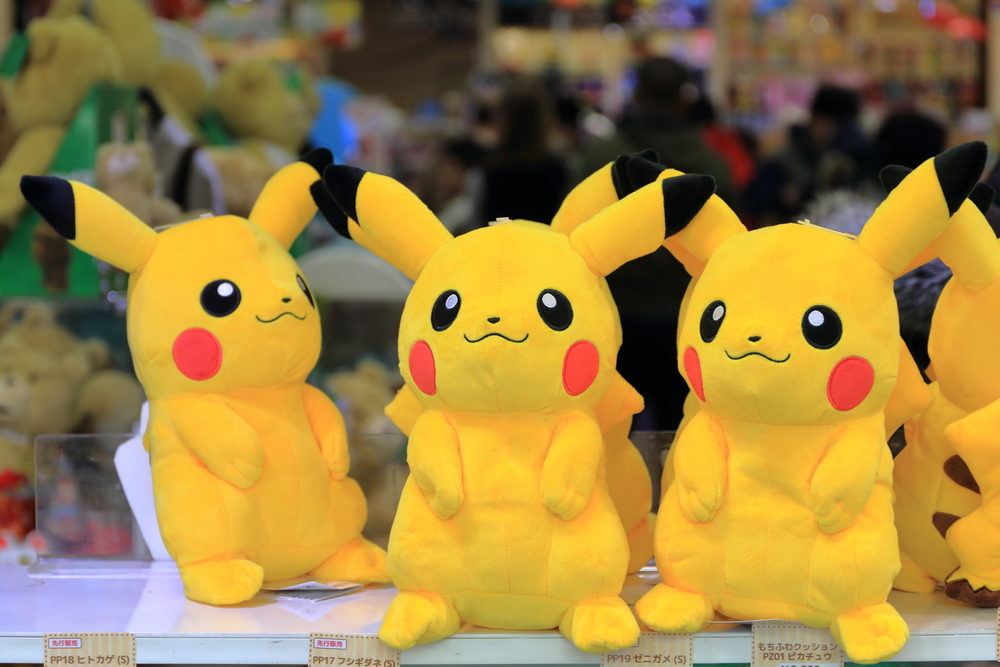
Pikachu, the adorable electric-type Pokémon, has become the mascot of the entire Pokémon franchise since its debut in 1996. Known for its yellow fur and pointy ears, Pikachu is Ash Ketchum’s loyal companion on their journey to become Pokémon Master. Pikachu’s signature move, Thunderbolt, has made it a fan favorite, and it is one of the most recognizable characters in pop culture.
Pikachu’s rise to fame coincided with the global success of the Pokémon video games, TV series, and trading cards. Over the years, Pikachu has appeared in movies, commercials, and even parades, cementing its place as an international icon. Its image is often used in various forms of media, from toys to fashion. Pikachu’s enduring popularity speaks to the powerful connection between the character and its fans.
Fred Flintstone
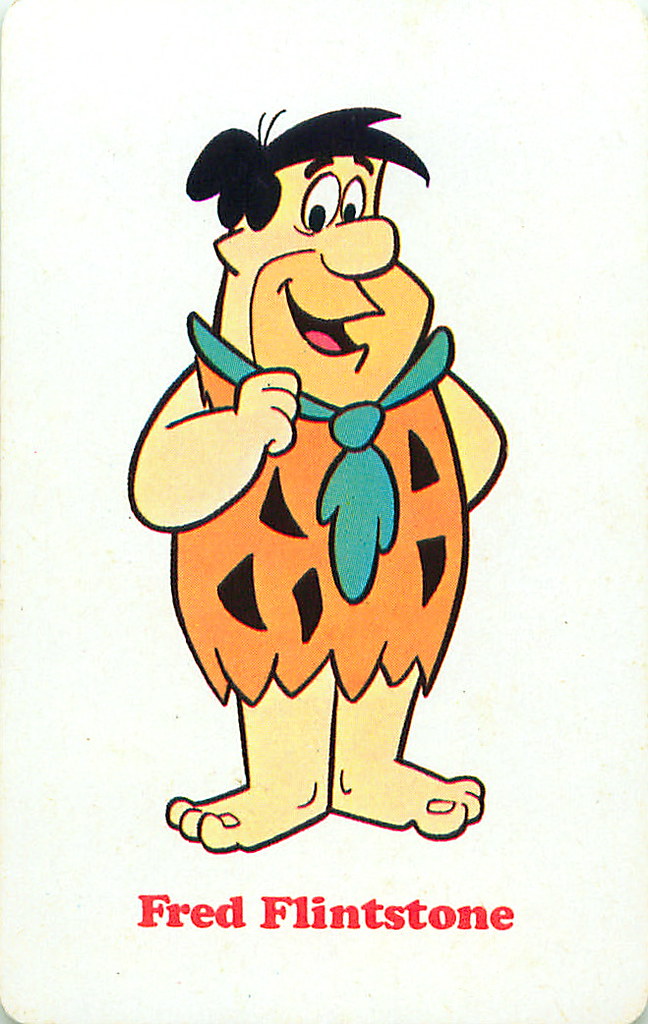
Fred Flintstone, the lovable yet often clueless patriarch of The Flintstones, became a groundbreaking figure in television. As the lead character of the first prime-time animated series, Fred’s antics in prehistoric Bedrock brought humor and wit to a whole new level of animation. Fred’s loud voice, gruff personality, and tendency to get himself into trouble were key to the show’s humor.
Fred’s popularity helped to shape the early days of animated television for adults and children alike. His relationship with his wife, Wilma, and his constant bickering with Barney Rubble made for an iconic dynamic. Fred’s character has transcended television, appearing in films and becoming a staple of American pop culture. His influence on both animation and sitcoms can still be seen today in many contemporary shows.
Scooby-Doo
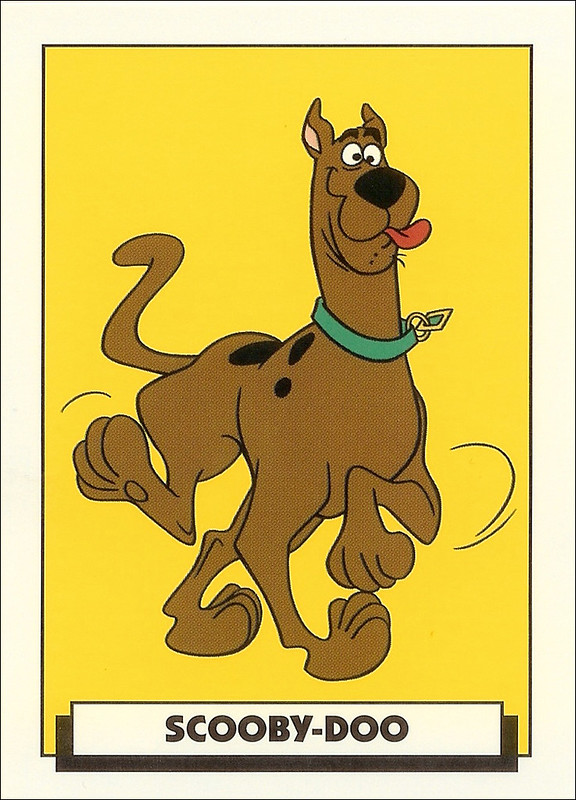
The lovable Great Dane Scooby-Doo, alongside his gang of meddling kids, has been solving mysteries since 1969. The show, Scooby-Doo, Where Are You!, introduced viewers to Scooby, Shaggy, Velma, Daphne, and Fred, who traveled in their mystery van to uncover spooky secrets. Scooby’s goofy antics and Shaggy’s constant fear made for a great comedic duo, while the group’s teamwork solved every case.
The Scooby-Doo franchise has spawned numerous spinoffs, movies, and merchandise. Its influence on children’s television is significant, and the gang’s catchy theme song remains popular decades later. Scooby’s impact extends beyond the original series, influencing everything from comic books to video games. As an icon of childhood television, Scooby-Doo continues to inspire a sense of nostalgia and fun for fans across generations.
Dora the Explorer
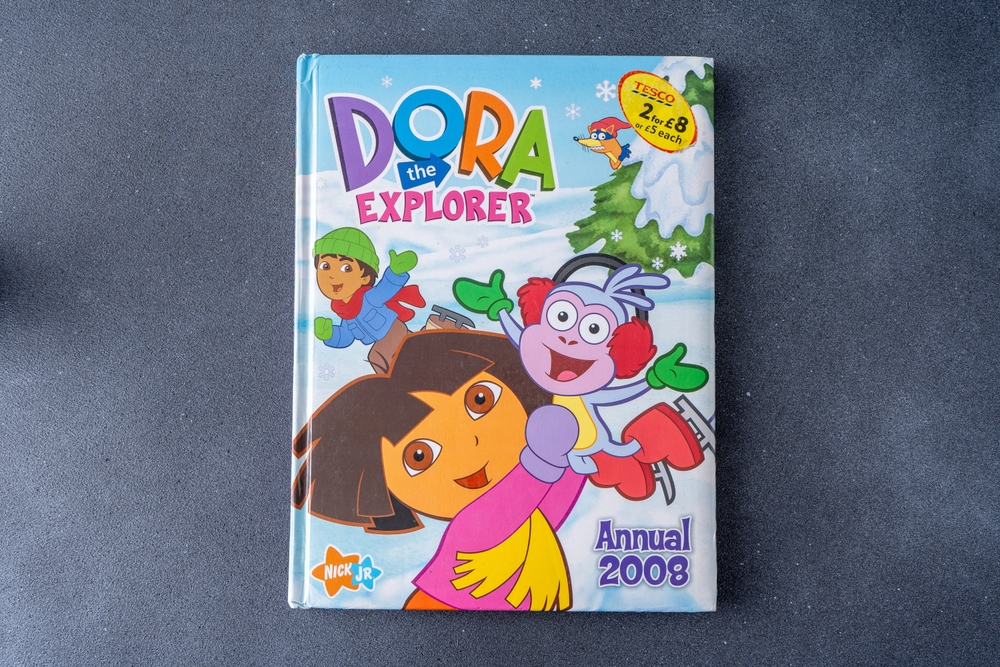
Dora, the adventurous young explorer, became a household name when Dora the Explorer premiered in 2000. With her purple backpack and monkey companion Boots, Dora embarked on educational adventures where she invited young viewers to help her solve puzzles and find treasure. The interactive nature of the show was a revolutionary way to engage young children in learning.
The show became one of the most successful educational programs for preschoolers, winning numerous awards. Dora’s positive, can-do attitude inspired millions of children to approach challenges with confidence. Her diverse background and educational focus helped shape how children’s television approached learning. Dora’s impact on childhood learning extends beyond the screen, as her influence can still be seen in educational programs today.
Bart Simpson

Bart Simpson, the rebellious yet lovable son from The Simpsons, quickly became one of the most iconic cartoon characters in television history. Debuting in 1989, Bart’s mischievous behavior and his unforgettable catchphrase, “Eat my shorts,” made him a symbol of youthful defiance. His pranks and antics often caused trouble for his family and the town of Springfield, but he always managed to get out of sticky situations. Bart’s character resonated with children and adults alike, as his cleverness and disregard for authority were relatable to many.
Over the years, Bart’s impact on pop culture has been immense. His character, alongside the rest of the Simpson family, helped to define the golden age of adult animation. The Simpsons has become the longest-running animated series in American television history, and Bart is at the heart of that success.
Wile E. Coyote
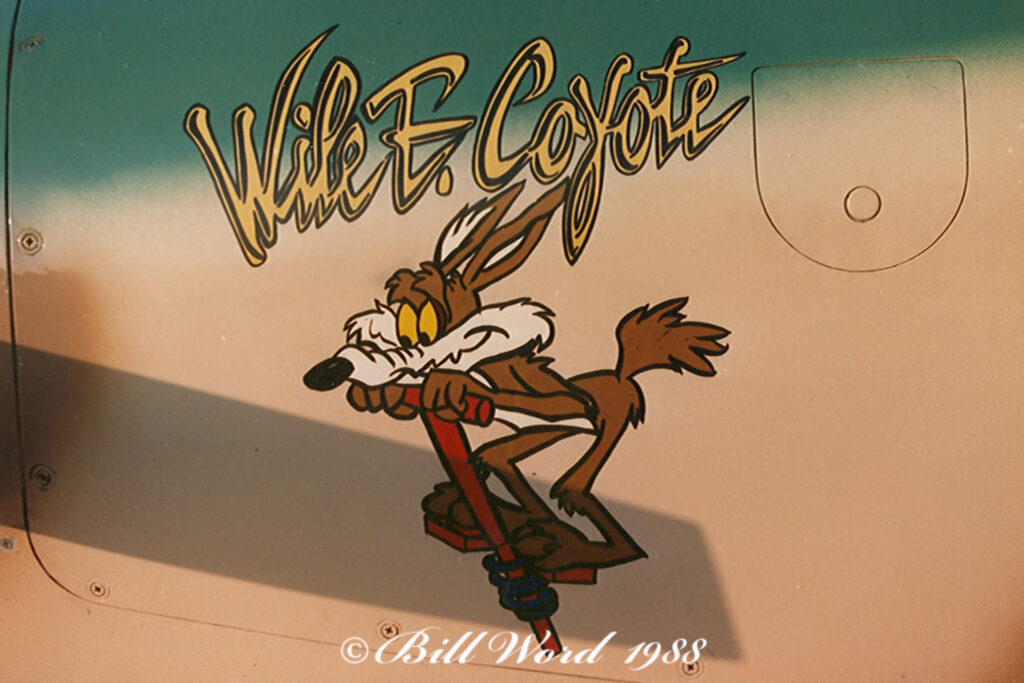
Wile E. Coyote, the ever-persistent and endlessly unlucky character from Looney Tunes, became known for his relentless pursuit of the Road Runner. Despite his elaborate plans and constant use of Acme products, Wile E. Coyote never managed to catch his speedy foe. His determination, mixed with a fair amount of slapstick comedy, made him one of the most memorable characters in the Looney Tunes universe.
Wile E. Coyote’s iconic status is cemented by his role in the long-running Looney Tunes series, which has entertained generations. The coyote’s numerous gadgets and traps, which always backfire, are central to the show’s humor. His character became a symbol of perseverance, even in the face of failure. The Looney Tunes franchise continues to be beloved, with Wile E. Coyote remaining a central figure in its ongoing legacy.
Garfield
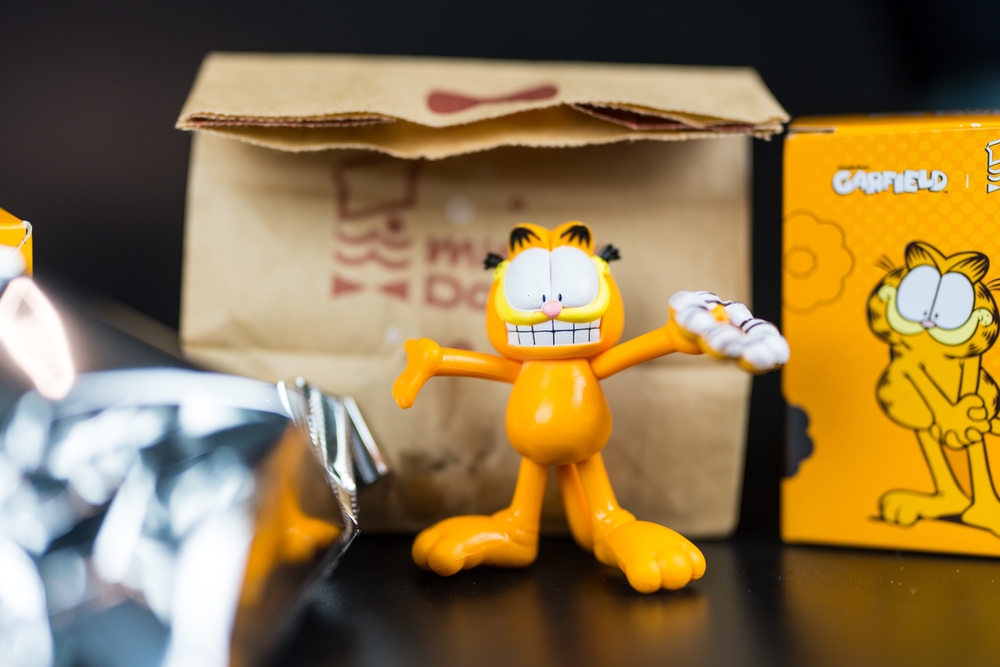
Garfield, the lazy yet hilarious orange cat from the comic strip turned cartoon, became a defining character of the 1980s and 1990s. Known for his love of lasagna and disdain for Mondays, Garfield’s sarcastic wit and dry humor made him a favorite among fans of all ages. His relationship with his owner Jon Arbuckle and the dog Odie added to the show’s charm.
The Garfield franchise expanded into television specials, movies, and a wide range of merchandise. His status as a cultural icon is undeniable, as Garfield’s unique brand of humor continues to influence new generations of fans. The character’s portrayal of a pet who is both lovable and lazy resonated with audiences worldwide. Garfield remains a prominent figure in the world of cartoons, representing a timeless, humorous view of everyday life.
Puss in Boots
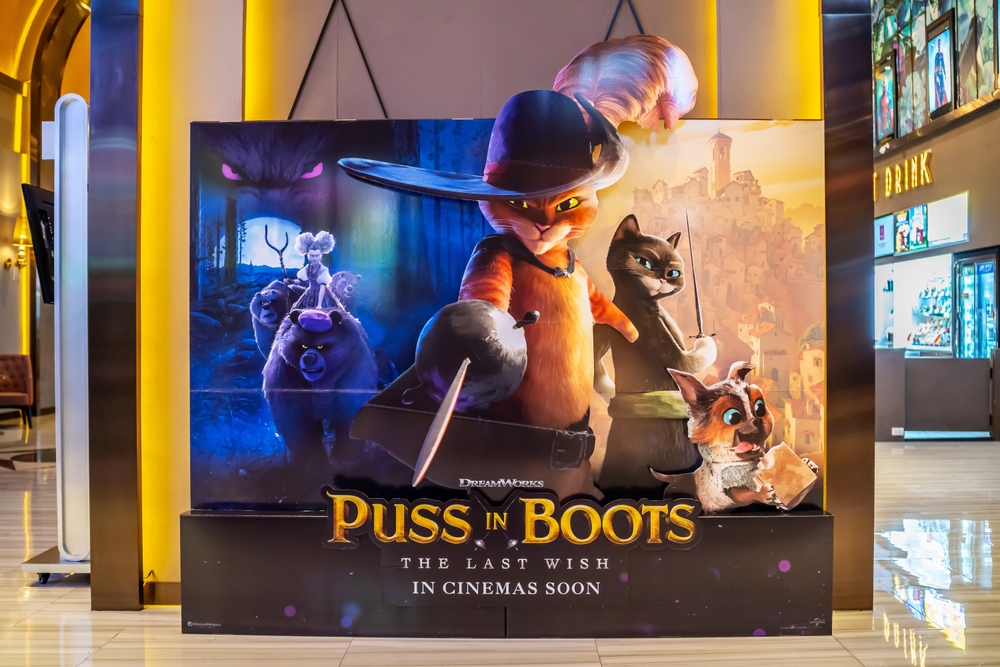
Puss in Boots, the charming feline from Shrek 2 and his own spinoff series, became an unexpected star thanks to his swashbuckling personality and adorable kitten eyes. First introduced as a skilled cat thief, Puss’s playful nature and daring adventures captured the hearts of audiences. His loveable yet roguish character, voiced by Antonio Banderas, quickly gained popularity, making him one of the standout characters in the Shrek franchise.
Puss’s own solo movie, Puss in Boots, further cemented his status as a beloved character. The film explored his origins, introducing fans to his early life as a thief with a big heart. Puss has since appeared in various TV specials and sequels, always maintaining his charm and signature “cute kitten” expression. His enduring appeal shows how a secondary character can evolve into an iconic figure in animated cinema.
Hello Kitty
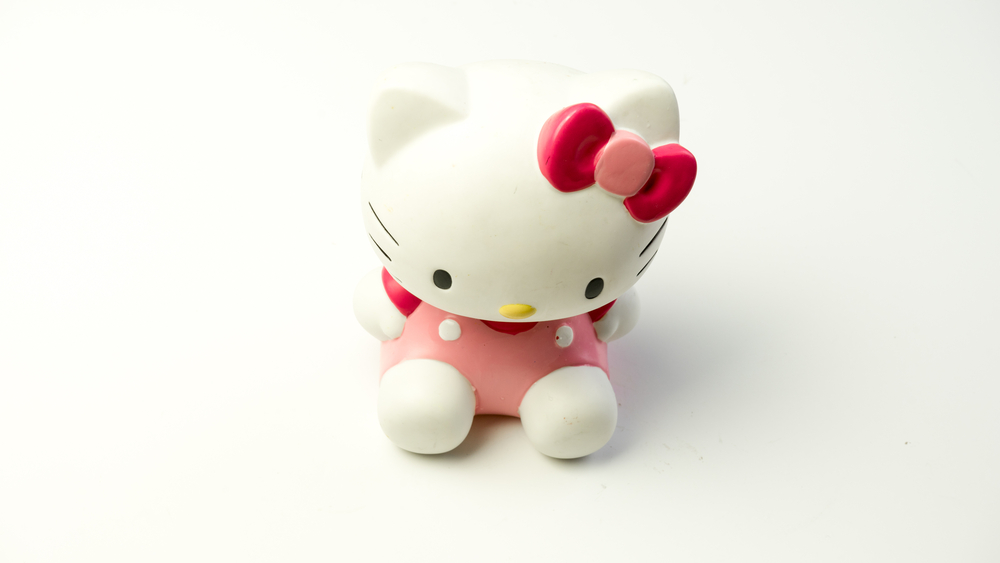
Hello Kitty, the adorable white cat with a bow, is a global icon who originated in Japan in 1974. She quickly became a symbol of innocence, friendship, and cuteness, and her image has graced everything from school supplies to fashion and home goods. Despite having no mouth, Hello Kitty communicates through her facial expressions and her ability to connect with people on a personal level.
Hello Kitty’s influence has expanded into television shows, movies, and a wide range of merchandise. She’s featured in everything from video games to theme parks and even collaborated with major brands like Sanrio and Sephora. As a character, she continues to promote positive values like friendship, kindness, and fun. Hello Kitty’s massive impact shows how one simple character can become a global phenomenon that endures across generations.
Daffy Duck
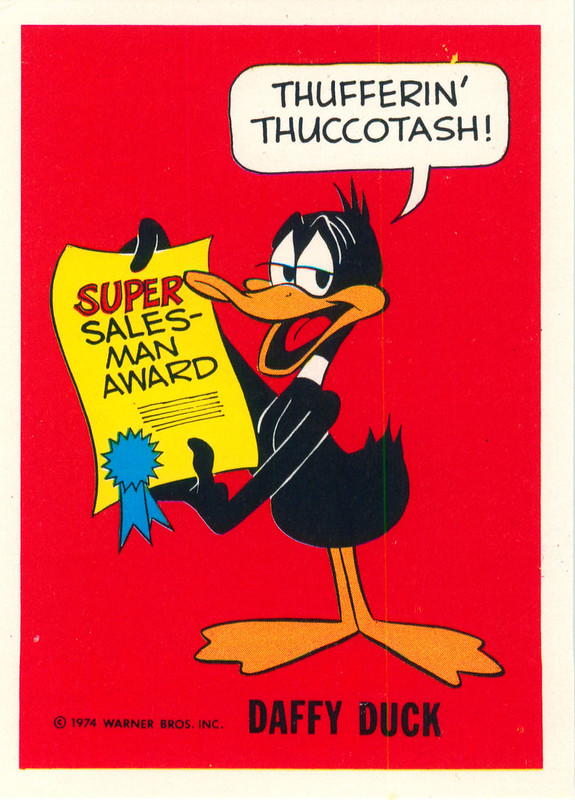
Daffy Duck, with his zany antics and rivalry with Bugs Bunny, has been a central figure in the Looney Tunes franchise since 1937. Often portrayed as self-absorbed and full of grandiose ideas, Daffy’s over-the-top personality brought a unique brand of comedy to the cartoons. His exaggerated sense of superiority and constant frustration at his failure to outwit Bugs made him an endearing character to many.
Daffy’s influence goes beyond just the cartoons. His catchphrases, wild expressions, and distinctive voice have made him one of the most memorable characters in animated history. He has appeared in films, video games, and numerous spin-offs, making his mark on pop culture. Daffy’s lovable chaos continues to endear him to fans, ensuring his place in the animated world for years to come.
Marge Simpson
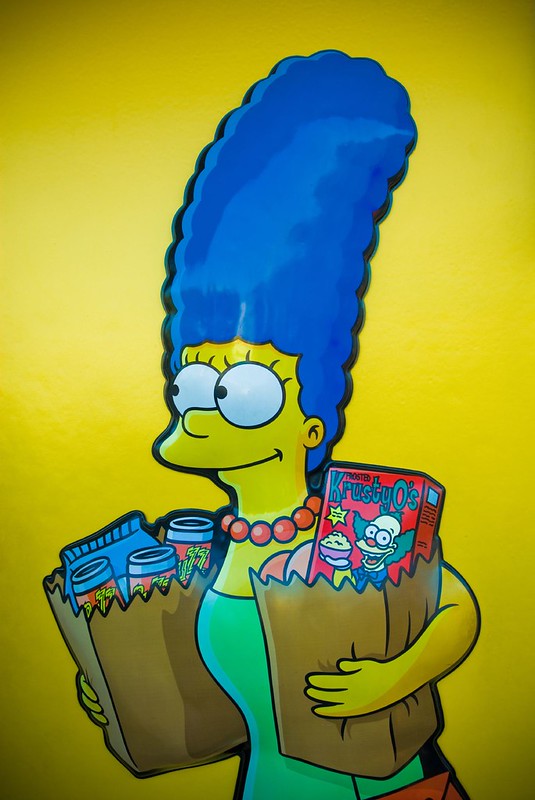
Marge Simpson, the matriarch of the iconic Simpsons family, has been a pivotal character in shaping the world of animated television. With her blue beehive hairstyle and caring yet often exasperated personality, Marge is the voice of reason in the chaos that surrounds her family. Despite often being overshadowed by her more outlandish husband Homer, Marge’s love for her family and commitment to doing what’s best for them is central to the show’s heart. Her character’s strength and relatability made her an important figure in the realm of animated mothers.
Marge’s influence extends beyond her role in The Simpsons, as she has been an icon of American television for decades. Through her interactions with Homer, her children, and the residents of Springfield, Marge has shown what it means to be a mother, wife, and individual in a family-oriented setting. Her ability to balance her own needs with the needs of those around her makes her one of the most beloved characters in TV history.
This article originally appeared on Avocadu.
